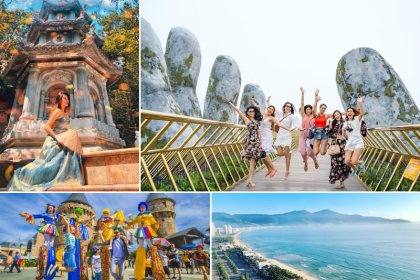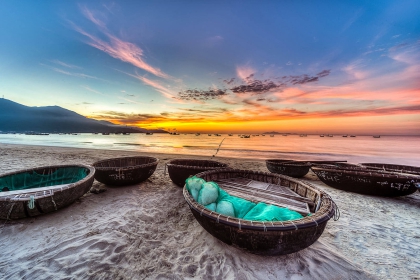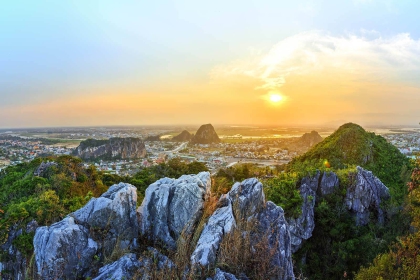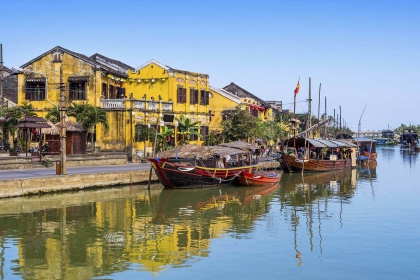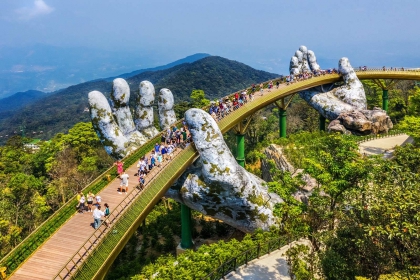Hue Imperial City
introduce
Hue Imperial City was built in 1802 and was the capital of Vietnam's Nguyen Dynasty for 143 years. The imperial city, temples and royal tombs are still preserved today. The construction of the Imperial City of Hue was probably the largest and largest construction in the modern history of Vietnam. Hue Imperial City was included in the World Cultural Heritage List in 1993.
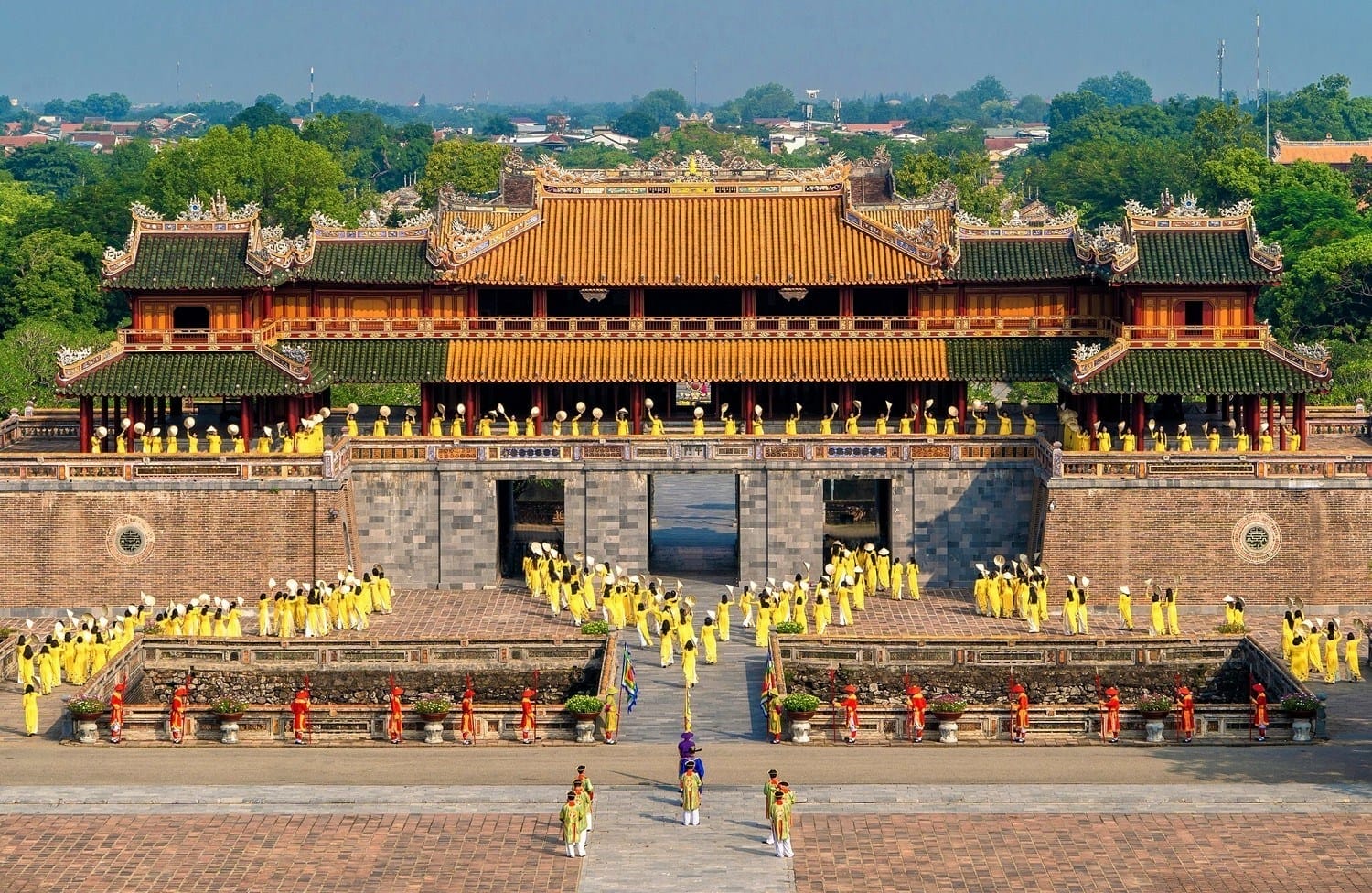
Featured attractions
The Imperial City of Hue was built in the Vauban architectural style. The Hong Kong River runs through the city, dividing Hue into northern and southern districts. The overall building of the ancient capital of Hue covers an area of more than 500 hectares and is defined by three castle rings: the outer large and the inner small : Imperial City: Imperial City, Imperial City and Forbidden City. The imperial city was square in shape, with a gate and a moat surrounding it.
There are six ministries and districts where hundreds of officials work, including the Imperial Academy, the Secret Academy, the Metropolitan Inspectorate, the History Museum, the Cabinet, and the Xixianyuan. The Imperial City also houses the flag platform, the Hall of Supreme Harmony, the Gongguang Hall and temples for worshiping emperors of all dynasties. It is the largest and most complete ancient building complex in Vietnam.
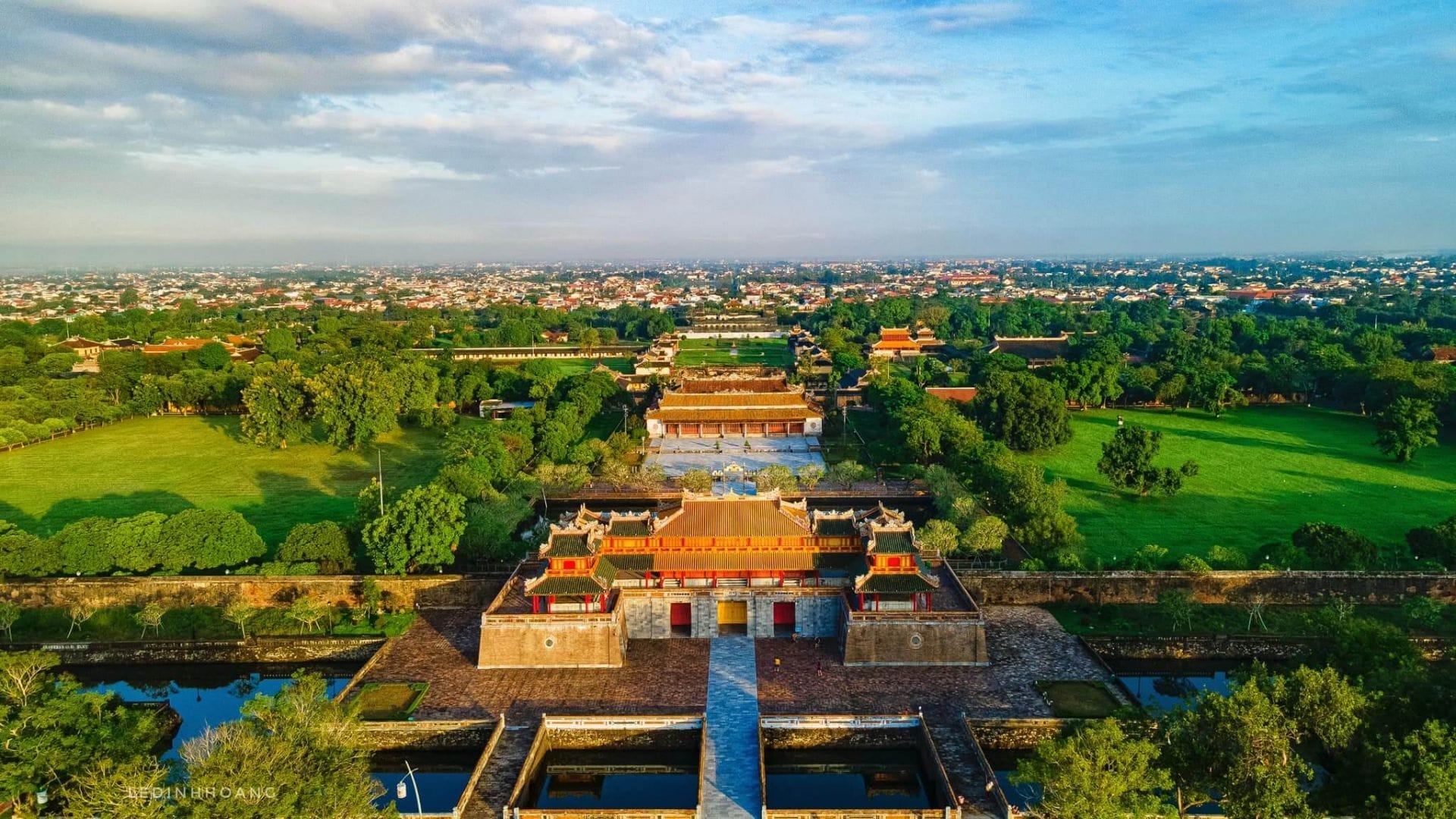
The Forbidden City is the innermost city circle, located within the Imperial City. The imperial city is rectangular, with the main entrance of the Grand Duke Gate on the front and south. It is divided into two parts: the front is the Qinzheng Hall where the emperor usually handles government affairs, the back is the Qiancheng Hall where the emperor lives, the Kuntai Palace where the queen lives, the Guangming Hall where the crown prince lives, and the Shunhui Courtyard where other concubines live.
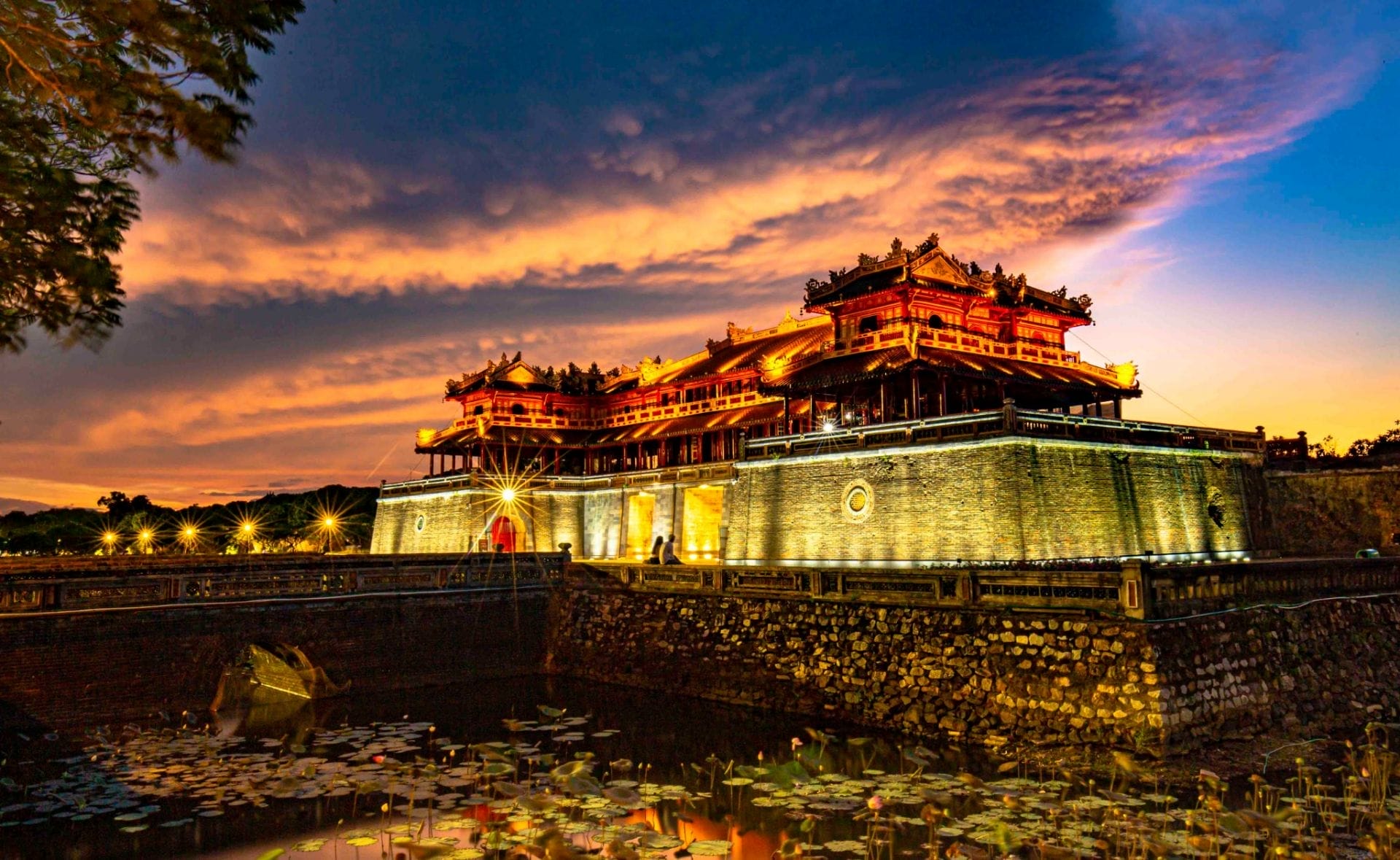
The ancient Vietnamese dynasty chose Hue City as its capital and carried out construction for a century and a half, leaving a wealth of ancient architecture there. In addition to its important ancient buildings, it also has its intangible heritage, such as precious spiritual sources, ancient customs, festivals, arts and traditional handicrafts. The culture that these generations have worked hard to build is just like the unique status of the Imperial City of Hue, giving this ancient city significant and unique wealth.
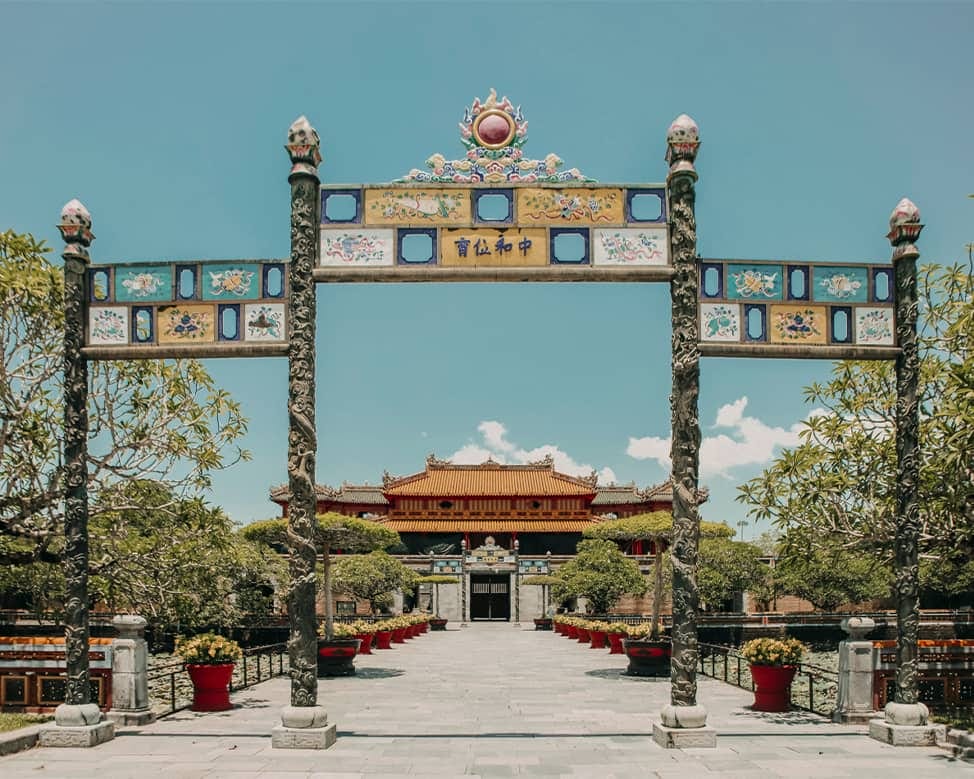
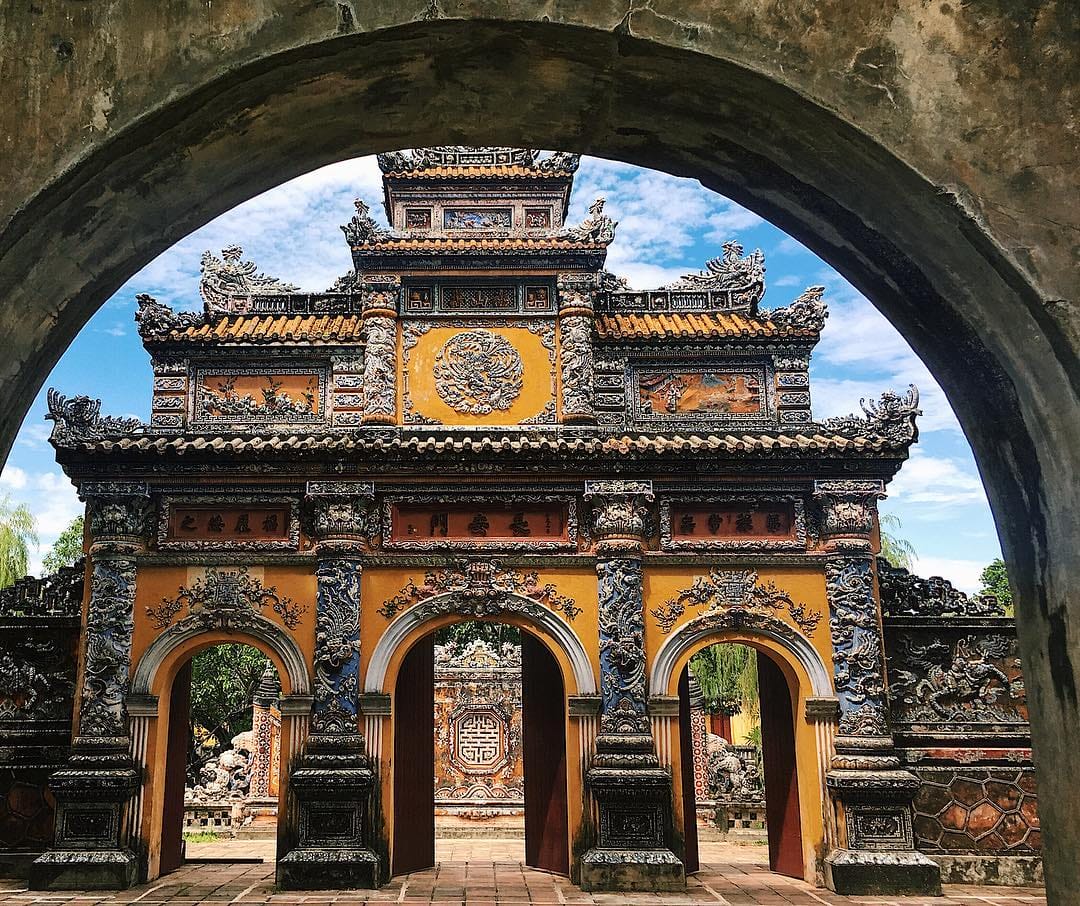
Although most of the buildings in the Forbidden City have deteriorated over time or were destroyed during the Anti-French and Anti-American Wars, after years of repair and reconstruction, there are still quite a few buildings in the Imperial City that can be visited. However, there are still some scenic spots that have retained their original ancient style and have been gradually restored, making them worth a visit.
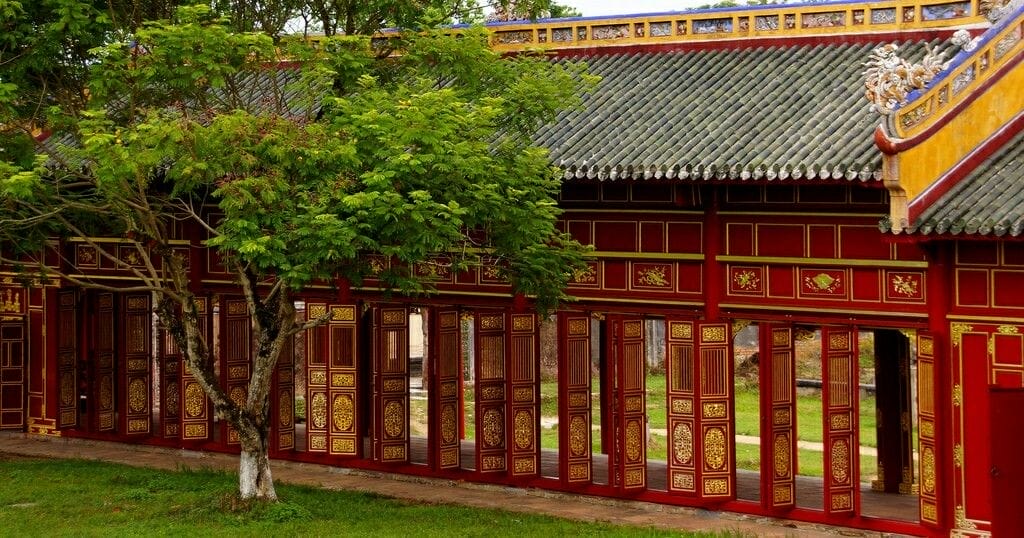
relevant information
Adult: VND 150,000/person
Students (7-12 years old): VND 30,000/person
Children under 6 years old: free admission







